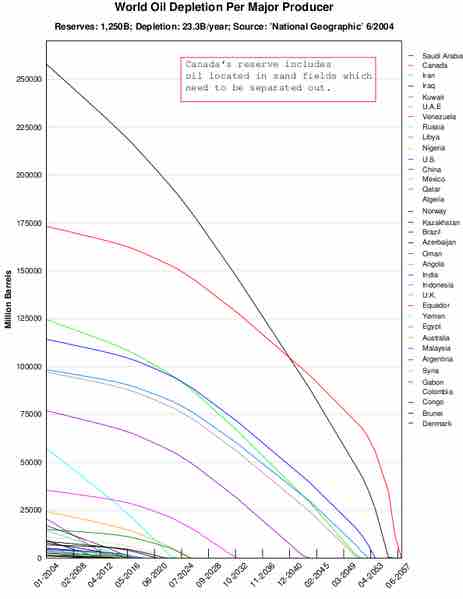Definition of Depletion
Depletion is a method of recording the use of natural resources over time. It is the amount of resources used in each accounting period that is expensed for U.S. tax and financial reporting purposes. Depletion is similar to depreciation, in that it is a cost recovery system for accounting and tax reporting. Industries involved in mining, timber, petroleum, and the extraction or use of natural resources are the types of businesses most affected by depletion. The depletion base is the total cost of the natural resource. It can include costs related to the acquisition of the asset, exploration, development and preparation of the asset for use, and performance of restoration work .

The depletion base for oil reserves includes all the costs incurred to put the asset into use.
Types of costs include acquisition, exploration, development, and restoration costs.
Methods to Calculate Depletion
Percentage Depletion:
To calculate, multiply a certain percentage, specified for each mineral, by your gross income from the property during the tax year. For this purpose, the term "property" means each separate interest business owned in each mineral deposit in each separate tract or parcel of land. Businesses can treat two or more separate interests as one property or as separate properties.
Cost Depletion:
This is an accounting method by which costs of natural resources are allocated to depletion over the period that make up the life of the asset. Cost depletion is computed by (1) estimating the total quantity of mineral or other resources acquired and (2) assigning a proportionate amount of the total resource cost to the quantity extracted in the period.Cost Depletion FormulaAccording to the IRS Newswire, over 50 percent of oil and gas extraction businesses use cost depletion to figure their depletion expense. Mineral property includes oil and gas wells, mines, and other natural deposits (including geothermal deposits). The cost depletion formula for financial reporting purposes is the total investment cost of the property / (the quantity extracted during the period / the property's total estimated production). When calculating cost depletion for tax purposes, multiply the formula by the property's adjusted basis or the property's historical cost subtracted by depletion expense for prior years.